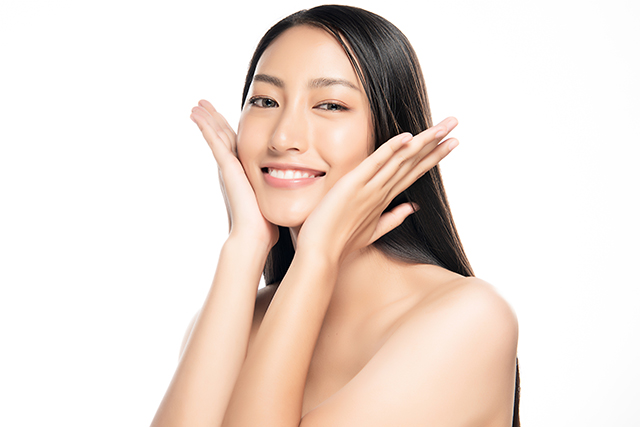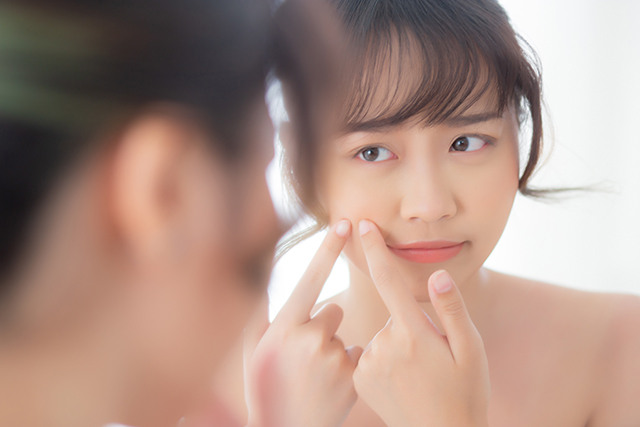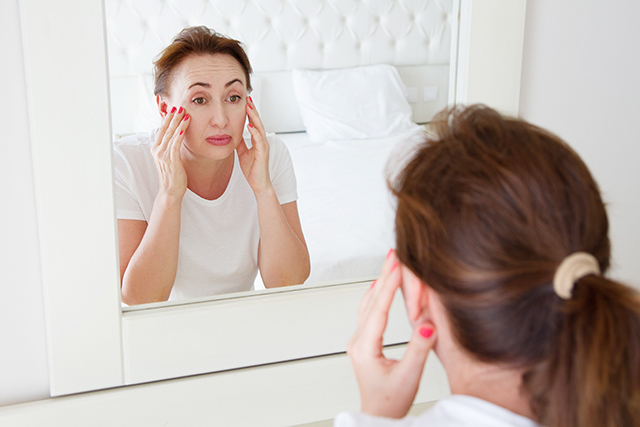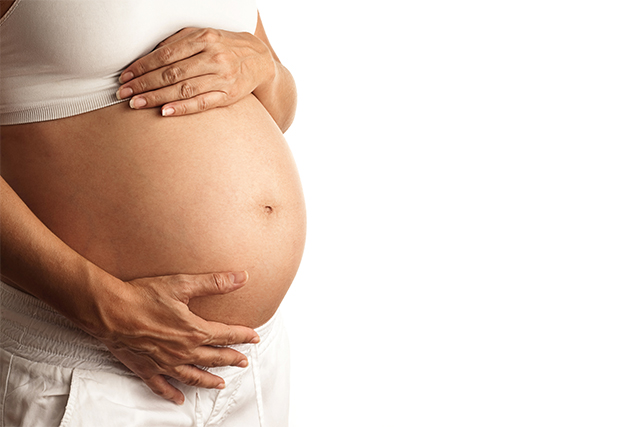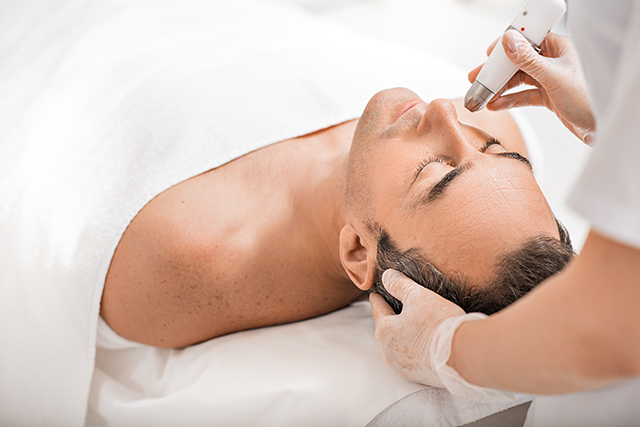From school-going adolescents to young working adults, factors such as hormonal changes, increased outdoor activities, as well as lack of appropriate skin care can result in physical skin impairment. The problems include having oily complexions, excessive blackhead formation and acne outbreaks. In an appearance-conscious society, peer pressure to have a pleasant disposition could result in self-esteem issues.
Proper skin care education is necessary to navigate the many challenges on maintaining good skin hygiene, along with the appropriate application of creams and lotions. Treatments are sometimes necessary to control skin sebum production as well as to reduce inflammation.

